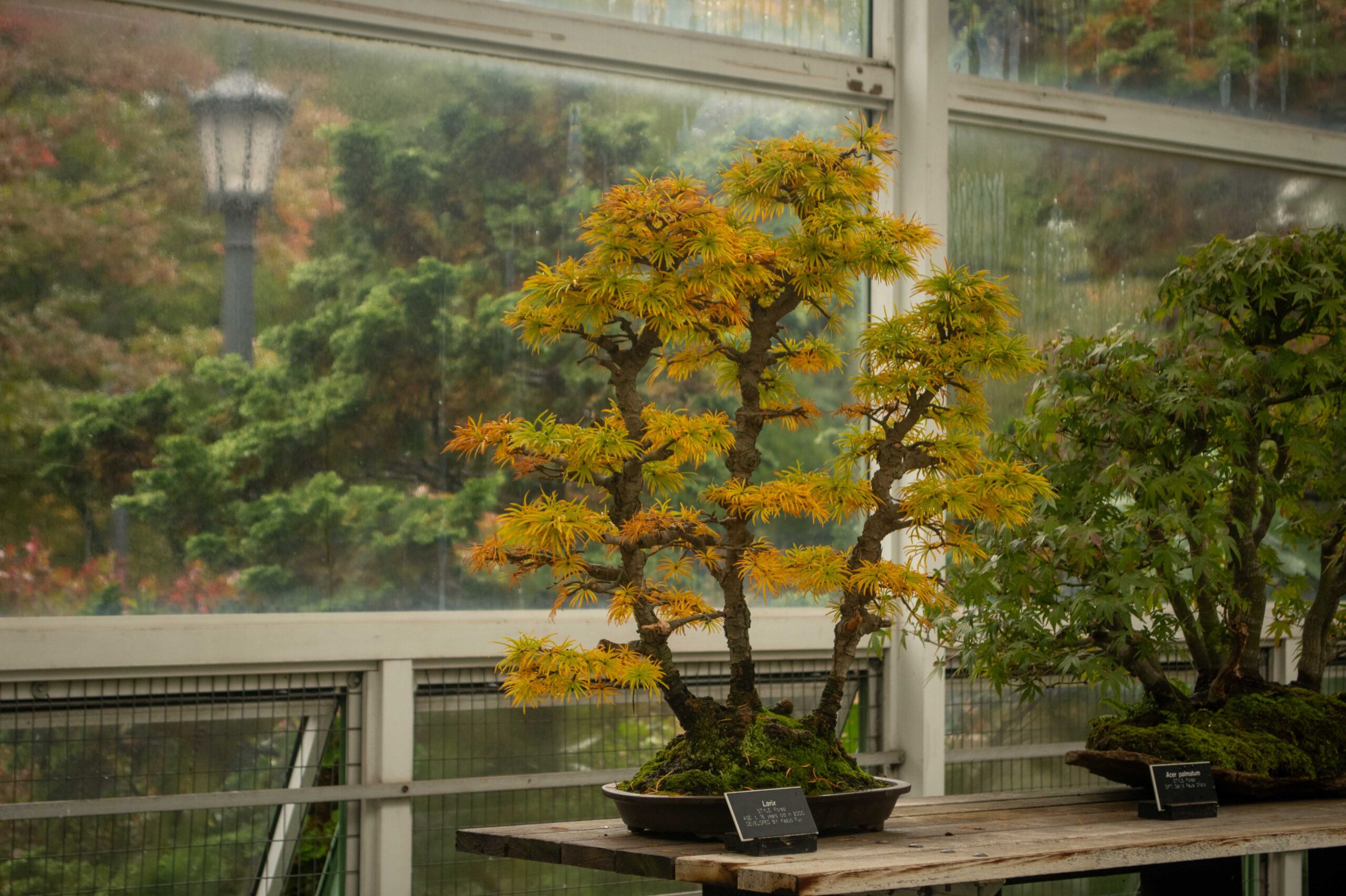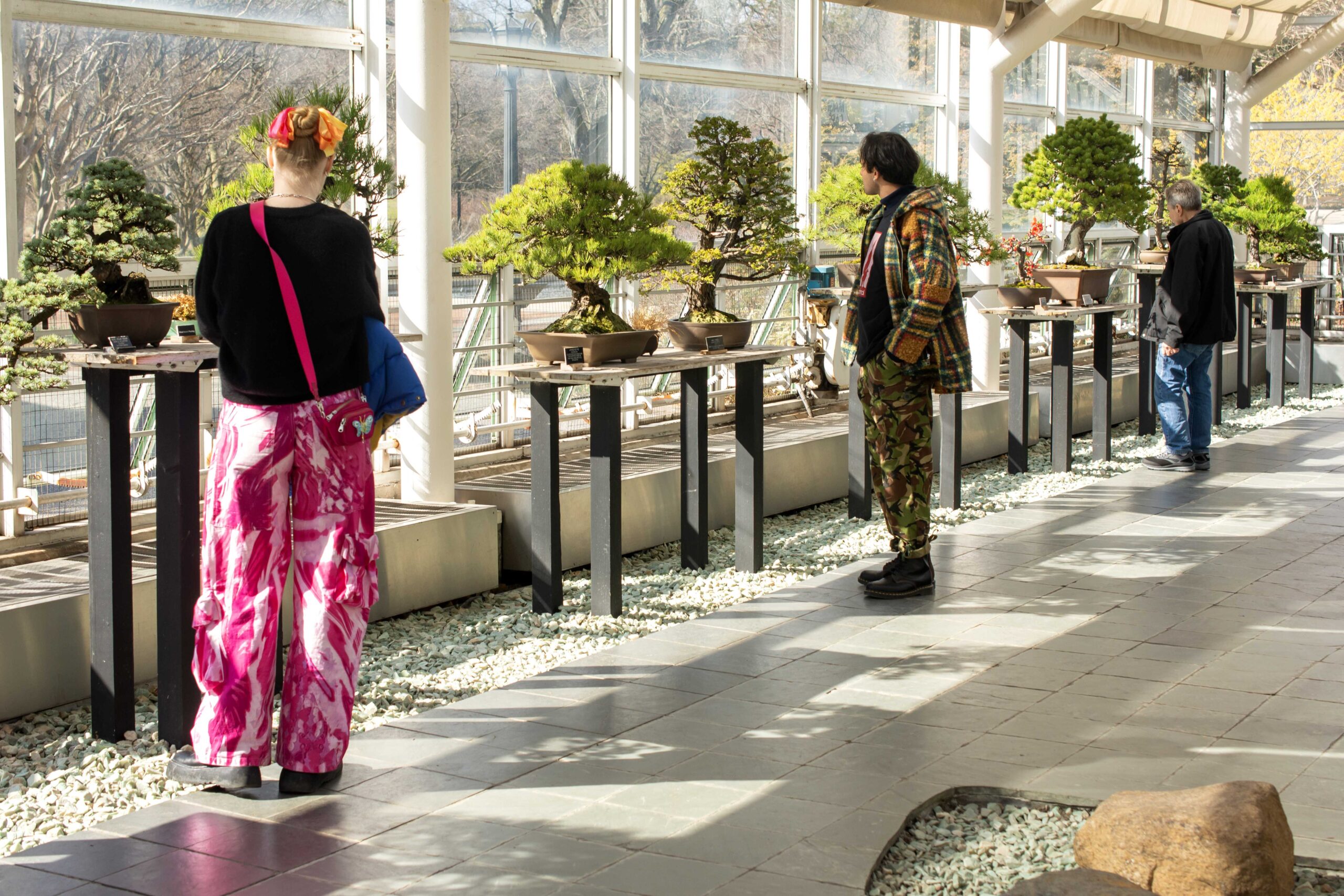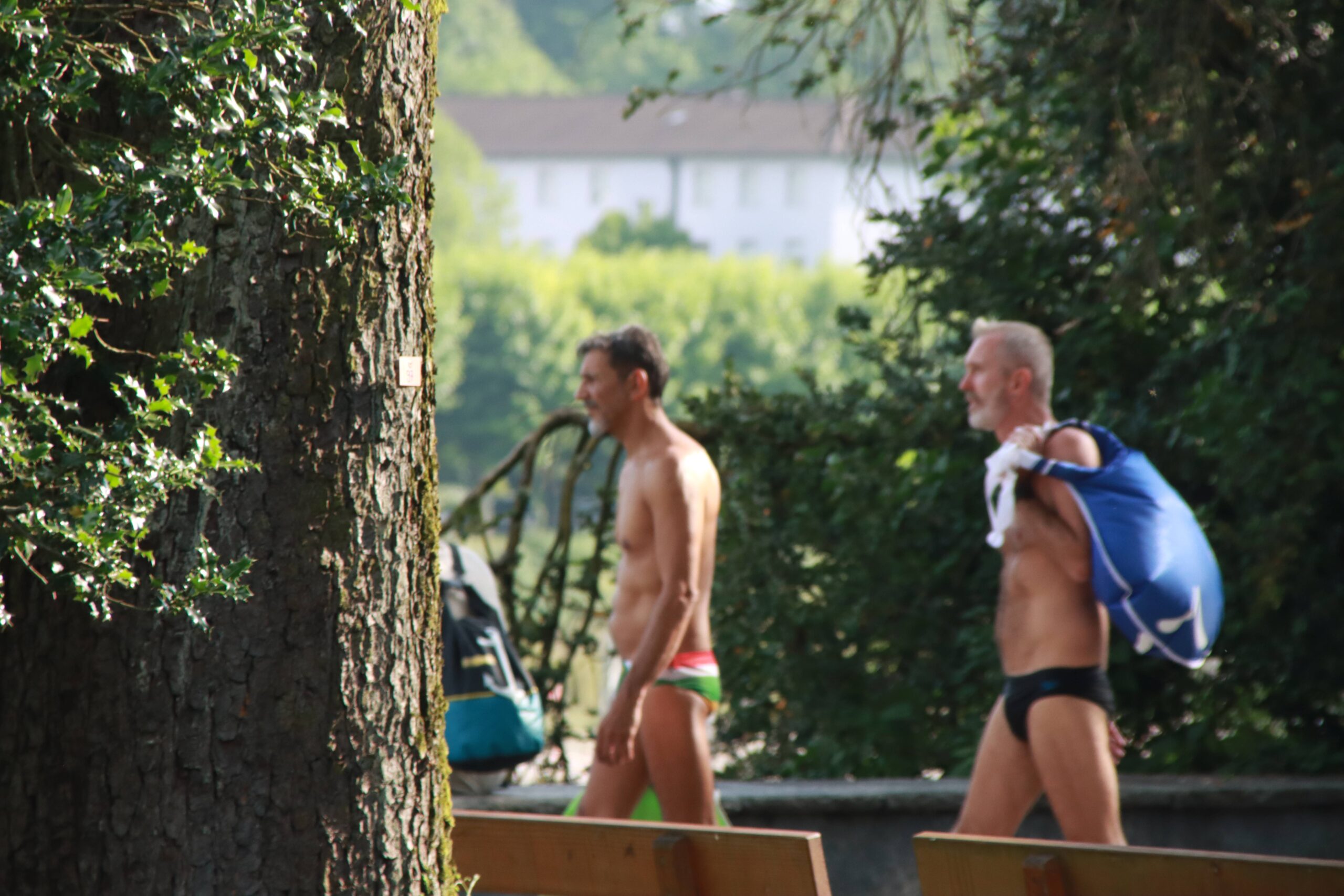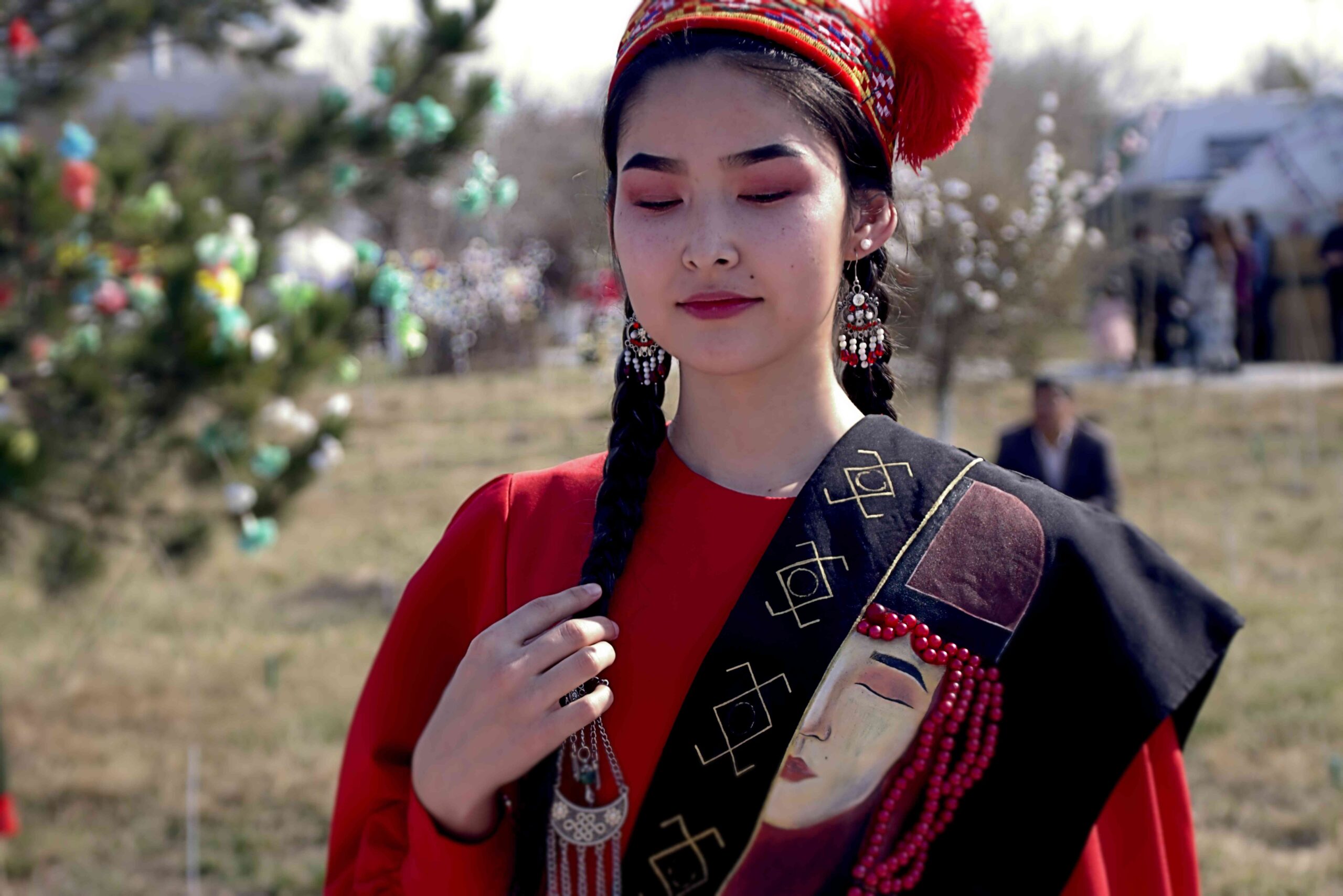One of America’s largest bonsai tree collections recently celebrated its centennial with the largest exhibition on these miniature trees ever held.
The collection includes some wonders of the artform: a Rocky Mountain juniper bonsai 500 years of age, a Sargent juniper from Japan thought to be over 800 years old, and a trio of bonsai which launched the collection 100 years ago—grown still in their original vases.
Running through October 19th, the Brooklyn Botanic Garden C.V. Starr Bonsai Museum in Brooklyn, New York City, will offer tours for visitors to learn about the collection, live bonsai gardening demonstrations, an outdoor display of bonsai trees next to their fully grown cousins, screenings of a restored 22-minute film from 1971 featuring the collection’s first “bonsai curator,” candlelit weekend Sake dinners, and a new specialty bonsai gardening supplies and merchandise store.
There’s potentially no better place to be in the entire Western Hemisphere for a bonsai lover than Brooklyn this summer.
“Brooklyn Botanic Garden has been the proud caretaker of this remarkable bonsai collection for 100 years, fostering a practice that is equal parts horticulture, art, design, and patience,” says Adrian Benepe, president of Brooklyn Botanic Garden. “We are excited to see even more of these miniature trees—true works of art—displayed this year, including outdoors amid full-sized trees for a stunning comparison”.
The collection houses over 400 specimens, many of which are rotated in and out of the museum on a seasonal schedule. Some will flush with autumn colors, while others will flower or fruit—the only two parts of a tree that can’t be miniaturized through cultivation.
“I change the display often and bring in flowering and fragrant trees as much as possible so that the visitor’s experience is always fresh and exciting,” says museum gardener David Castro. “We have so many bonsai and this is such a rare collection, it’s easy to display something different”.

Growing steady
Brooklyn Botanic Garden’s bonsai collection started in 1925 with a generous gift of trees and shrubs imported from Japan in 1911 and donated by Ernest F. Coe, a Connecticut landscape designer and nurseryman. Of the original donation, three bonsai remain in the collection today: a Japanese maple (Acer palmatum), a Daimyo oak (Quercus dentata), and a Japanese red pine (Pinus densiflora).
The collection expanded and diversified under the care of BBG’s first exclusive bonsai curator, Frank Masao Okamura, whose tenure at the Garden ran from 1947 to 1981. During these 34 years, Okamura cultivated bonsai from atypical trees and plants, including many tropical and semitropical varieties.
In the mid-20th century, BBG became a hub for the growing American fascination with bonsai, launching the first of its renowned bonsai handbooks and began offering some of the first bonsai classes in the US in 1950. At the center of this was Okamura, whose tenure as curator corresponded with an enormous enlargement of the bonsai collection, which today numbers over 400 which are displayed on a seasonal rotation.
In the BBG’s Conservatory Gallery, visitors can see The Mountain, the Tree, and the Man by graphic novelist Misako Rocks!. In this playful exhibit, a bonsai from the collection shares memories of its life in manga-style panels. Along the way, visitors will learn about Okamura, and the care, creativity, and love behind the art of bonsai.
Some of the trees in the collection are well over a century old, with many still cultivated in their original containers as they came from Japan.


“Older trees are cared for differently than younger trees; they need to be pruned, reshaped, and repotted at particular times in the year,” said Castro. “With respect to their age, you go a little easier on older trees, maintaining their shape rather than making big changes”.
Taken from the Chinese art of Penjing perhaps over 1,000 years ago, bonsai reached worldwide popularity as an artform by the Japanese. Arriving on Western shores along with similar practices like Zen, it took root through Japanese immigrants like the parents of Dennis Makashima. A former president of the Golden State bonsai Federation whose collection helped establish and later fund the maintenance of the Golden State Bonsai Collection, Makashima was (he’s now retired) for the West coast what Okamura was for the East coast: a high priest of pruning; an aesthetic apostle whose gospel was bonsai.
There are close to 200 bonsai clubs, societies, and associations across the United States, making it one of the most popular niche gardening activities in the country. WaL
We Humbly Ask For Your Support—Follow the link here to see all the ways, monetary and non-monetary.
PICTURED ABOVE: Visitors admire the C.V. Starr Bonsai Museum. PC: Michael Stewart / © Brooklyn Botanic Garden



